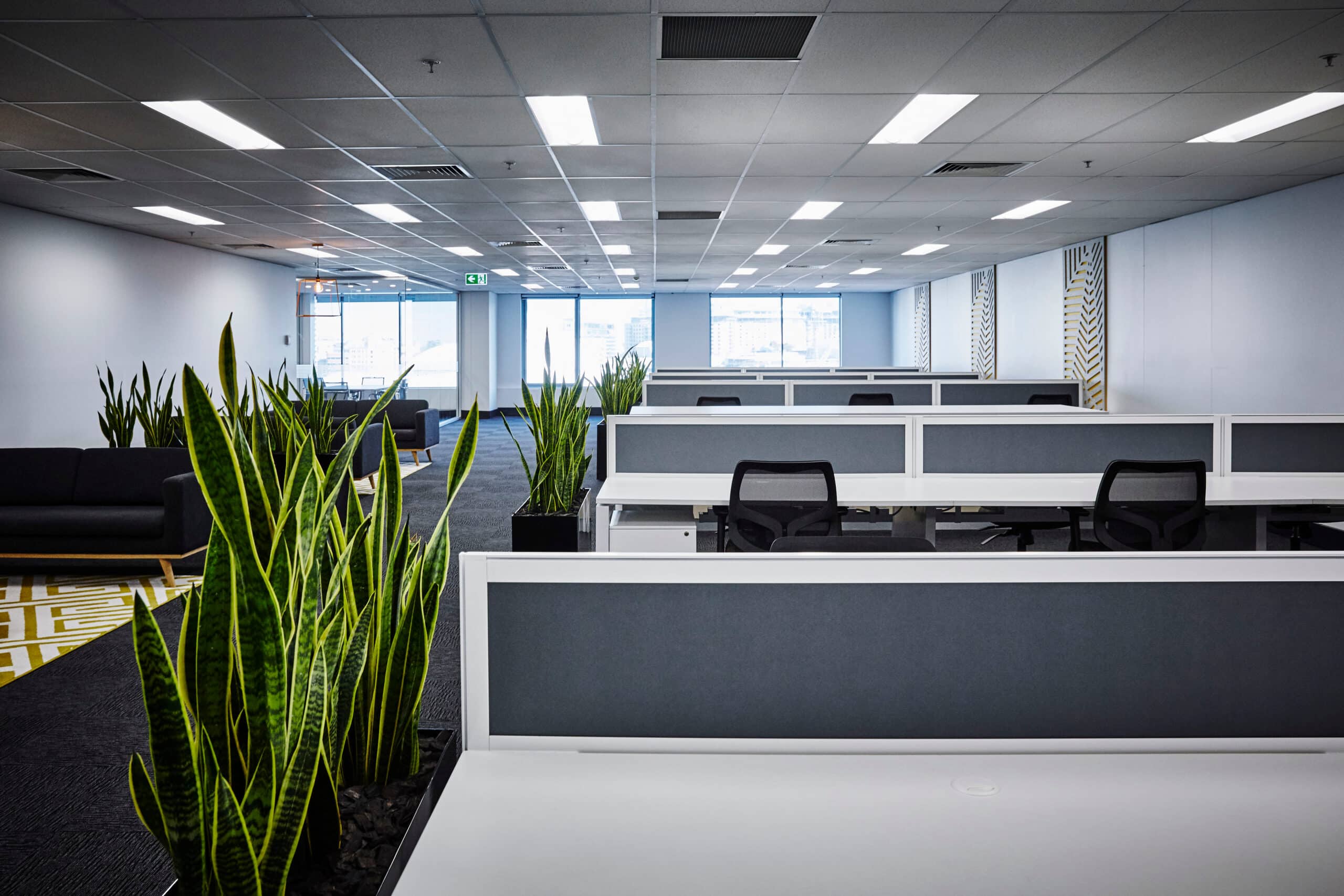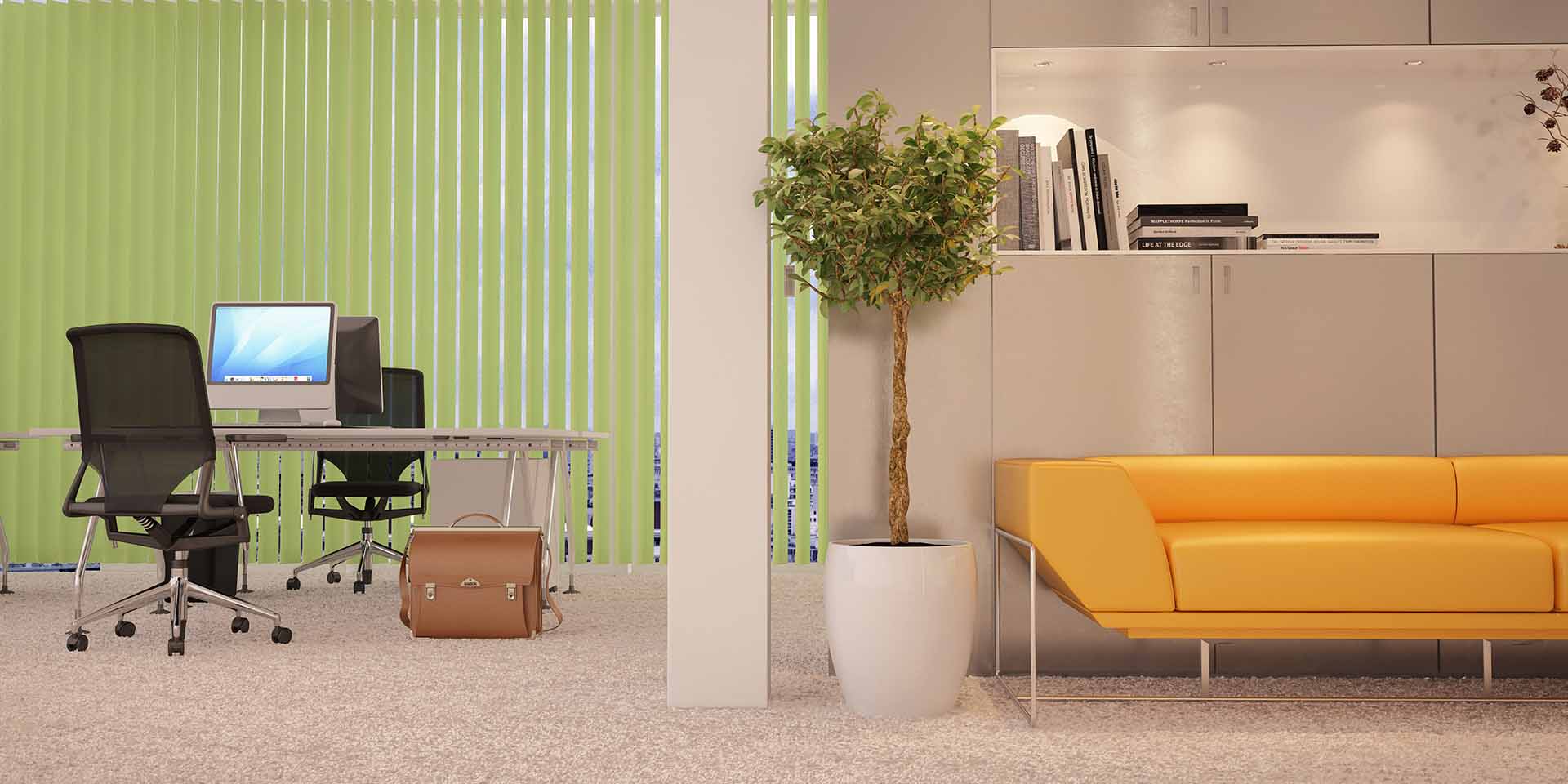“Going deskless.”
This may be an unfamiliar term to you, but it’s actually a strategy that many teachers embrace — for their students and for themselves. In the classroom, going deskless in favor of adopting flexible seating options provides coveted extra floor space — and the freedom for students to position themselves in a way that is most conducive for them to learn (lying on their stomach on the floor, sitting against a wall, sitting on a balance ball, etc.)
For teachers and students both, going deskless combats boredom and monotony, which boosts creativity and energy. However, with a particularly rowdy or non-compliant group of kids or an easily flustered teacher, a deskless classroom could descend into chaos.
A growing number of companies are now embracing the concept of going deskless in their office design. Is this something your business should consider? Depending on your industry and your corporate culture, it could be a wise move. Or, it could be a disaster. Let’s dive into whether you should consider it during your next office space planning session.
Arguments in Favor of Going Deskless

You can read more about new office design such as office benching and office hoteling in this blog.
Going deskless can also save a company money – on office furniture, office furniture installers and the cost of leasing office space. With fewer pieces of office furniture and fewer employees working in the office, employers can downsize their square footage and save money. Finally, because employees value flexibility, going deskless may help you attract and retain talent – both of which will help you make and save money.
Find other ways to keep your employees happy without giving them a raise.
Arguments Against Going Deskless
Going deskless to the degree that you allow employees to work outside the office means that you lose the ability to easily supervise your team. You run the risk that some employees could take advantage of the flexibility they’re given. Instead of working more effectively as you’d hoped, they could simply work less. And, when employees are working in different locations, it can be tougher for them to collaborate, share documents, etc.
Additionally, some employees thrive on routine and may feel anxious if the traditional desk and chair setup they’re used to is replaced by flexible seating. Along those lines, you may have customers and clients that may feel uncomfortable working with a company that has a nontraditional workspace.
A Third Option: Compromise by Going Deskless Onsite
If you’re not convinced you’re ready to embrace the most rigid definition of a deskless workplace (allowing employees to work anyplace), you may find an onsite deskless workplace a great option. In other words, you can eliminate traditional desks from your workplace and replace them with other seating options, such as sofas, tables and chairs, balance balls, beanbags, shared workstations, privacy pods, etc.
The workplace is changing! Employers are realizing that the traditional desk, chair, office, or cubicle workplaces do not have to be staples of a successful company. Often, companies decide that traditional setups, including desks absolutely are part of an effective workplace. But they don’t have to be! Success is driven by employees’ achievements and productivity – regardless of where those employees were sitting at the time. Each company is unique, so consider your business model, employees, and clients and then make the right decision for you.
Originally published November 2017. Updated March 2019.






